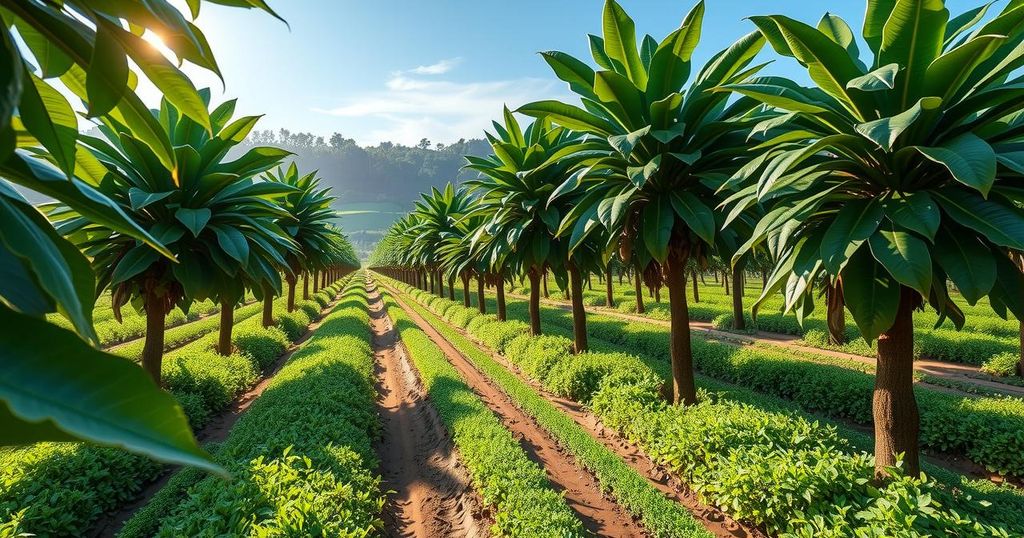Cocoa Prices Surge Amid Production Woes; Farmers and Companies Adapt

Cocoa prices have soared due to climate change and production shortfalls, with highs reaching $12,931 per ton before a drop. Farmers face difficult choices, with some turning to gold mining. Innovative solutions are being explored, from cocoa-free products to large-scale farms in Brazil, while leading companies adjust by cutting sizes and raising prices.
Chocolate enthusiasts, brace yourselves: the price of your favorite treat is on the rise. Multiple factors, especially production shortages from major cocoa-producing regions, have led to significant increases in cocoa prices. As reported by Al Jazeera, climate change has played a substantial role, with West Africa, home to the world’s top cocoa producers, experiencing erratic weather patterns ranging from excessive rainfall in 2023 to extreme drought and high temperatures in 2024.
In December 2024, cocoa prices skyrocketed, reaching an unprecedented high of $12,931 per metric ton, before plummeting about 37% to roughly $8,200 shortly after. The International Cocoa Organization has offered some optimism for the coming years, projecting a cocoa surplus of 142,000 metric tonnes for the 2024 to 2025 cycle, potentially bringing prices down after four years of deficits.
However, analysts remain cautious, specifically Commerzbank’s Carsten Fritsch, who warned that the same drought conditions affecting last year’s harvest are likely to impact this year’s yields. Additionally, the ageing trees and pests continue to pose significant challenges for the industry, particularly in Ivory Coast and Ghana, which account for nearly 60% of global production.
Farmers are now faced with tough choices regarding their futures. Some in Ghana have transitioned away from cocoa farming, opting instead to sell their land for illegal gold mining amidst rising gold prices. The reality is that many cocoa farmers earn meager wages and are unable to invest in the necessary resources to adapt to climate changes or replace old trees that are no longer productive.
On a more hopeful note, Brazilian growers are adopting innovative methods for cocoa cultivation which could change the landscape of cocoa farming. With better financing, large-scale full-sun cocoa farms are emerging that may enhance productivity. However, as pointed out by a government scientist, the reliance on cloned plants could elevate the vulnerability of cocoa trees to diseases even further.
In light of the challenges in cocoa production, manufacturers are adapting their strategies. Cargill, a major player in the agri-food sector, is collaborating with Voyage Foods to create cocoa-free chocolate bars using alternative ingredients like grape seeds and sunflower flour. Other startups like Nukoko and Planet A are focusing on replicating the flavors of chocolate through innovative methods.
Meanwhile, traditional companies are responding by reducing product sizes or, like Mars, increasing prices for smaller offerings. Fix Dessert Chocolatier, for instance, introduced a lower chocolate product featuring pistachio and tahini in a nod to Middle Eastern desserts, showcasing the industry’s efforts to navigate these fluctuating cocoa prices and ultimately, stabilize the market.
In summary, the cocoa market is under increasing pressure due to climate change and production challenges, causing prices to fluctuate significantly. While companies are exploring innovative alternatives and farmers are making tough choices, the future remains uncertain. Surpluses may offer some hope, but analysts advise caution as environmental factors continue to pose risks. The chocolate landscape is shifting, and both producers and consumers will feel the effects for years to come.
Original Source: macaonews.org




